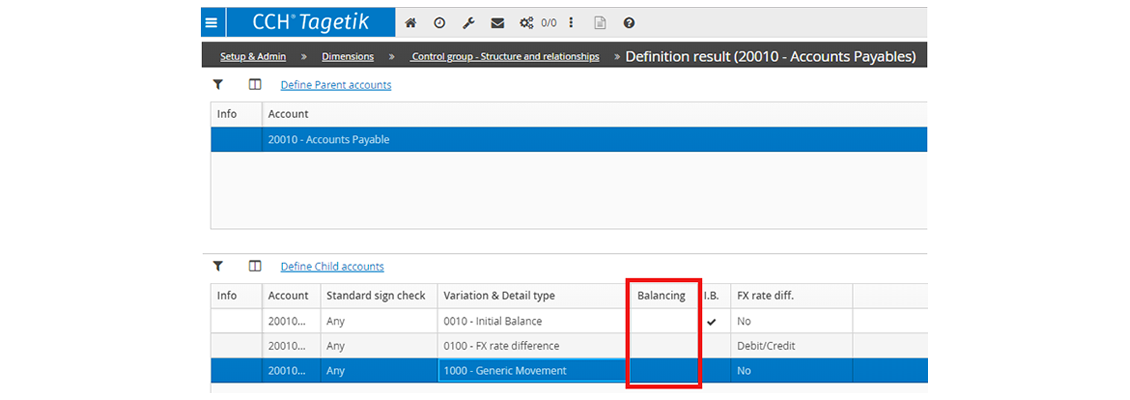Read this blog to learn more
Out-of-the-box. Embedded. Built-in. Native.
If you are a Finance professional with a bit of experience in shopping for a financial software solution, I am sure you are familiar with these terms. For those who have never heard of this terminology instead, all it means is that the financial solution you are being presented is code-free, i.e. no programming skills are required to administer the solution you are evaluating.
In the world of Corporate Performance Management, these expressions have unfortunately been overused by both legacy solutions finally modernizing their offering, or newer providers trying to establish themselves as the next generation of the same legacy vendors.
The reality is that Visual Basic.NET does not mean BUILT-IN. Or out-of-the-box if that matters. VB.NET by definition is a “multi-paradigm, object oriented programming language” launched by Microsoft in the early 2000s and widely adopted among IT professionals. As any other programing language, VB.NET not only needs specific training but it also requires a specific skillset that most often than not, finance professionals are not interested in developing.
Comparison between VB.NET and Drag-and-Drop Functionality
So what does this actually mean for you? Let’s suppose there is a need to perform a balancing calculation as part of any data validation when reporting in thousands or millions. We all know how painful it can be having to “chase the dollar” after all our figures have been rounded to a different unit of measure.
This is how a balancing rule would be performed in older legacy or legacy-bound modern solutions:
This is how the same requirement is met by configuration-based solutions, like CCH Tagetik, where Financial Intelligence is part of the application, and Finance users simply have to point and click to choose their output:
In an era of cloud adoption where Finance is empowered to run its business with no need for IT support, I will let you decide which approach is preferable for Finance Professionals.
Especially in the area of Financial Close & Consolidation there should be no need for VB.NET programming; why would you want to write any code to build an Intercompany Elimination Rule? Or run a Currency Conversion? Or even build a cascading allocation model for profitability purposes? Given the more regulated approach of accounting based financial processes, modern CPM solutions should not require any programming skills to fulfil basic double-entry logic. No matter how “special” each organization is, with 15 years of experience in this industry and hundreds of implementations globally on my back, I yet have to see a corporation that does not use the spot rate for their BS account conversion. If that is true, why should you need to program it? Shouldn’t the software know already?
VB.NET Presents Additional Challenges:
Relying on VB.NET scripting is not just a problem of developing programming skillset that are adequate, it also presents additional challenges that should be carefully considered:
- Audit Compliance: certain aspects in the finance and accounting world are not open for debate. Providing the ability to change a script for something that is universally acknowledged in the finance world could compromise your compliance with standard auditing procedures.
- Maintenance: software solutions evolve. Any personalization involving custom coding should be properly evaluated to understand its potential compatibility with future software releases.
- Compatibility with multiple Operating systems.
This does not mean that finance solutions shouldn’t be flexible enough to accommodate company-specific requirements. It is just a matter of defining what is “company specific” versus “standard accounting behaviors” and provide robust enough tools and framework to personalize what is really “company specific”. If there is willingness to develop a more technical background in your finance department, focus on alternative programming languages such as Python or R to for true Artificial Intelligence and Machine Learning initiatives.
How to tell if your solution is really “built-in”? Ask for a Rule File or Rule Cabinet or look for any pre-requisites in your vendor training catalogue. If you find any mention of VB.NET, chances are that you’ll need to sign up for a class!







